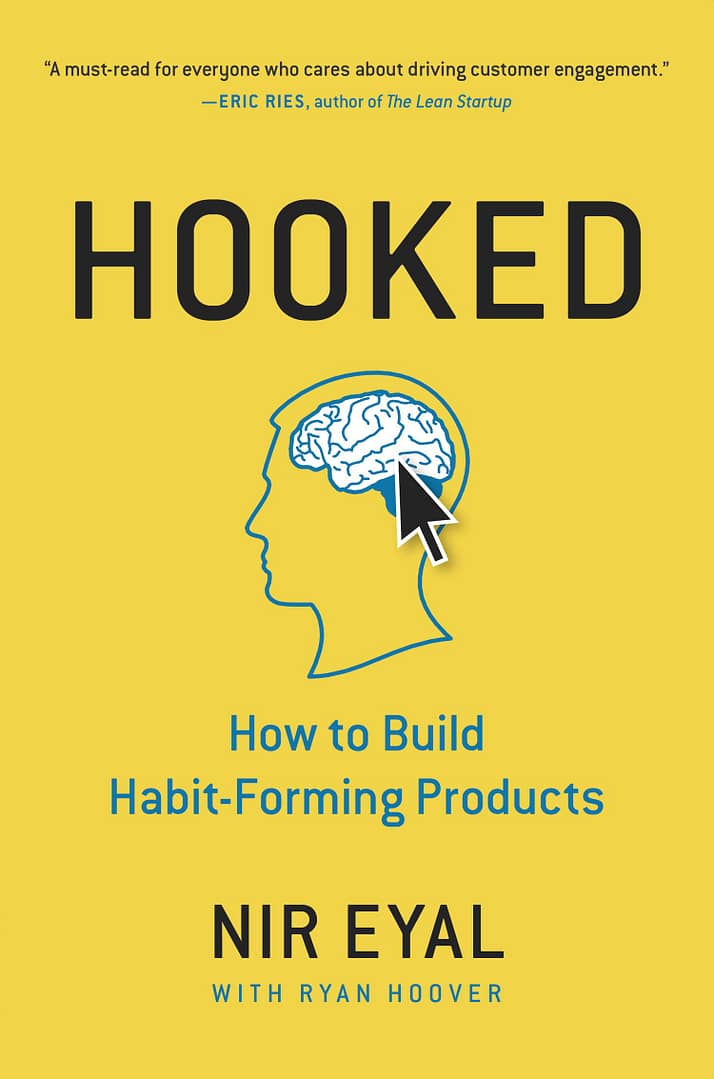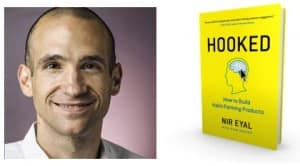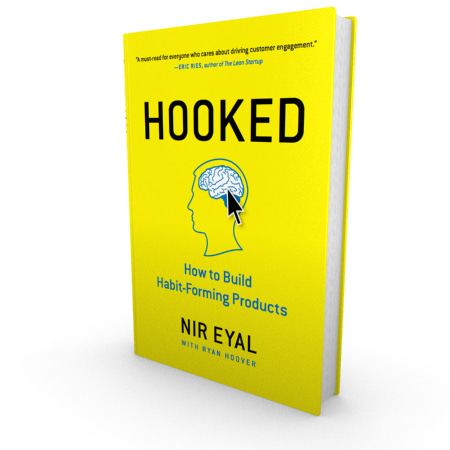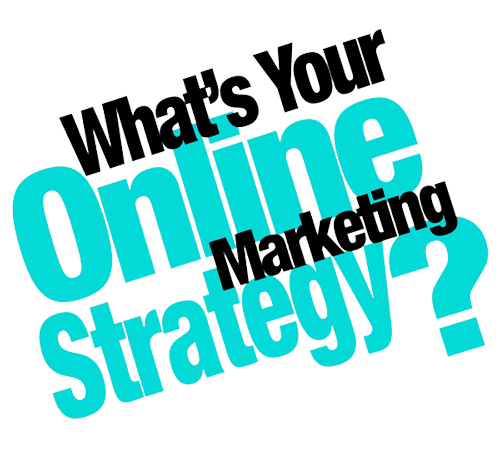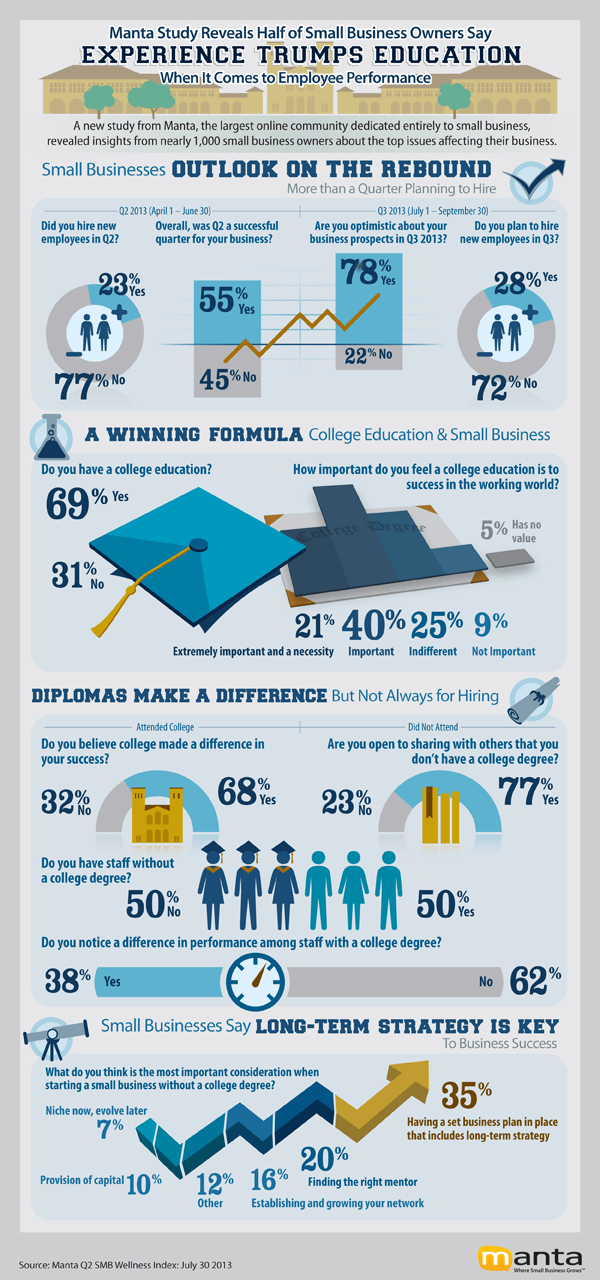I was lucky enough to receive a copy of Nir Eyal’s book called “Hooked: How to Build Habit-Forming Products.” As I am strongly interested in startups and everything related to product creation, you can imagine how curious I was to read this book ASAP.
A few months ago, I wondered WHY video games are so addictive and make my son waste so much time in front of his computer. OK, some games have great stories, characters, and graphic design. But are these the only reasons?
To find an answer to this question, I decide to join a class from associate Professor Kevin Werbach at the University of Pennsylvania under Coursera. The course was called “Gamification.”
Just in case this term is new to you, let me tell you what defines it. Gamification is the application of game elements and digital game design techniques to non-game problems, such as business and social impact challenges.
Companies use game thinking for employee motivation in human resources, team building, productivity enhancement, training, health and wellness, sustainability, and innovation. Marketers gamify their programs to engage customers. Organizations apply gamification to motivate crowdsourcing participants. Governments, non-profits, and educational institutions are also applying these techniques.
To understand gamification, you must first understand HOW (video) games work, game thinking and elements, or game psychology and motivation.
You make a BIG mistake if you believe a game succeeds only because of the story, characters, and design. Everything in a game (and I mean EVERYTHING) is precisely calculated at each step and combines several elements. Those games that commercially fail are missing one or more steps.
If you want smashing success in the video industry (or even product creation!), do your homework, keep out guesses, and leave nothing to chance or luck! Want more? Read this article – 5 Creepy Ways Video Games Are Trying to Get You Addicted.
So yes, there is no “magic” in product creation. As we live in a commercial era, consumers even do not realize they are “hooked,” I would dare to say, in a daily fashion.
Don’t believe me? Let’s do a test: start your computer and perform a search for something. I bet you’ll use Google! Now, type the name of a well-known consumer web company into your search bar and add the word “addict” after it.
Don’t be shy; go ahead and type it… I’ll wait. Try “Facebook addict,” “Twitter addict,” or “Instagram addict,” and you’ll soon get a slew of results from hooked users and observers deriding the narcotic-like properties of these websites.
And I wonder how such companies (which produce nothing more than bits of code displayed on a screen) control users’ minds. Why are these businesses so addictive, and what does their power mean for the future of the Internet?
According to Nir Eyal, we’re stepping into a new era on the web. As infinite distractions compete for our attention, companies are learning to master new tactics to stay relevant in users’ minds and lives. Just because your business has millions of users is no longer good enough. Companies increasingly find that their economic value is a function of the strength of the habits they create. But as some companies are just waking up to this reality, others are already cashing in – big time!
I hope I do not speak Klingonian here… in a world of globalization, whether we know it or not, we must admit that we are hooked by technology. The products and services we use daily alter our behavior, just as their designers intended.
Take your hand off the mouse and think: how did you get on this post? What did you do? Are you in front of your computer or reading on your smartphone? Do you perform such actions daily?
Now let’s try to decipher the psychology behind hooked products. And I’ll use ideas from “Hooked: How to Build Habit-Forming Products” by Nir Eyal.
Nir is a very smart guy from Silicon Valley. In 2008 he was part of a team of Stanford MBAs starting a company with a mission to build a platform for placing advertising into the booming world of online social games (did you see the connection here?).
Companies were making millions of dollars selling virtual cows on digital farms while advertisers were spending huge sums to influence people to buy whatever they were peddling.
And Nir ask himself: “How do they do it? How did these companies engineer user behavior? What were the moral implications of building potentially addictive products?”
And most important: could the same forces that made these experiences so compelling also be used to build products to improve people’s lives?
In 2011 he began working as a consultant to a host of Silicon Valley companies, from small start-ups to Fortune 500 enterprises. Nir began blogging about hooked products on NirAndFar.com. In the fall of 2012, with Dr. Baba Shiv, he designed and taught a class at the Stanford Graduate School of Business on the science of influencing human behavior. The next year, he partnered with Dr. Steph Habif to teach a similar course at the Hasso Plattner Institute of Design.
After years of research and real-world experience, the result was the creation of a hook model, and Nir was able to identify a definition:
“Through consecutive Hook cycles, successful products reach their ultimate goal of unprompted user engagement, bringing users back repeatedly, without depending on costly advertising or aggressive messaging.”
How To Manufacture Desire
Do you know how companies create form habits? The answer is simple: they manufacture desire! Companies manufacture desire by guiding users through experiences designed to create habits. Nir call these experiences “Hooks,” and the more often users run through them, the more likely they are to self-trigger.
Hooks are everywhere; hooks surround us – in apps, sports, movies, games, and even our jobs (yeah, pretty nasty, right?). Hooks can be found in virtually any experience that burrows into our minds (and often wallets).
Nir spots the four-phase process companies use to form habits.
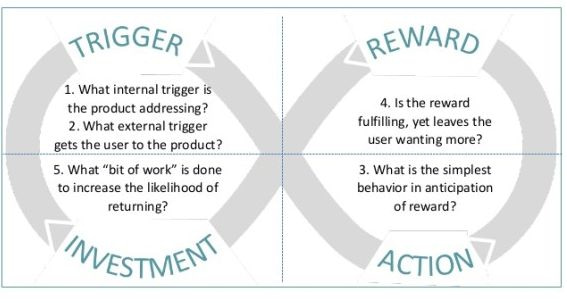
Phase #1 – The Trigger
The trigger activates a certain behavior – like a car engine’s spark plug. It can be external or internal triggers. Habit-forming technologies start by alerting users with external triggers like an email, a link on or to a website, or the app icon on your phone.
By cycling continuously through successive desire engines, users begin to form associations with internal triggers, which become attached to existing behaviors and emotions. Soon, users are internally triggered whenever they feel a certain way. The internal trigger becomes part of their routine behavior, forming the habit!
Let’s suppose Doreen, a young lady in Michigan, happens to see a photo in her Facebook newsfeed taken by a family member from a rural part of the state. It’s a nice photo, and since she’s planning a trip there with her brother Ben, the trigger intrigues her.
Phase #2 – The Action
In this phase, companies leverage two aspects of human behavior – motivation and the ability to react to motivation. Companies make the action as easy as possible to increase the odds of a user taking the intended action while boosting the user’s motivation. This phase of the hook draws upon the art and science of usability design to ensure that the user acts the way companies intends.
Using the example of Doreen, with a click on an interesting picture in her newsfeed, she’s taken to a website she’s never been to before called Pinterest. Once she’s done the intended action (in this case, clicking on the photo), she’s impressed by what she sees next.
Phase #3 – Variable Reward
What separates hooks from a feedback loop is their ability to create wanting in the user. Feedback loops surround us, but predictable ones don’t create desire.
The predictable response of your fridge light turning on when you open the door doesn’t drive you to keep opening it repeatedly. However, add some variability to the mix – say a different treat magically appears in your fridge every time you open it – and intrigue is created. You’ll open that door like a lab animal in a Skinner box.
(A Skinner box is an apparatus for studying instrumental conditioning in animals – typically rats or pigeons – in which the animal is isolated and provided with a lever or switch which it learns to use to obtain a reward, such as a food pellet or to avoid punishment, such as an electric shock. You can watch Most Disturbing Presentation Ever: Our Tech Nightmare “Skinner Box”)
Scheduling variable rewards is one of companies’ most powerful tools to hook users. Research shows that levels of dopamine surge when the brain is expecting a reward. Introducing variability multiplies the effect, creating a frenzied hunting state and activating the parts associated with wanting and desire. Although classic examples include slot machines and lotteries, variable rewards are also prevalent in habit-forming technologies.
Coming back to our example, when Doreen lands on Pinterest, not only does she see the image she intended to find, but she’s also served a multitude of other options. The images are associated with what she’s generally interested in – things to see during a trip to rural Michigan – but some others also catch her eye.
The juxtaposition of relevant and irrelevant, tantalizing and plain, beautiful and common sets her brain’s dopamine system aflutter with the promise of reward. Now she’s spending more time on this site, hunting for the next wonderful thing to find. And before she knows it, she’s spent 45 minutes searching for her next hit.
Phase #4 – Investment
The last phase is where the user is asked to do some work. This phase has two goals. The first is to increase the odds that the user will make another pass through the hook when presented with the next trigger.
Second, now that the user’s brain is swimming in dopamine from the anticipation of reward in the previous phase, it’s time to pay some bills. The investment generally asks users to combine time, data, effort, social capital, or money.
Unlike a sales funnel with a set endpoint, the investment phase isn’t about consumers opening up their wallets and moving on with their day. The investment implies an action that improves the service for the next go-around.
Inviting friends, stating preferences, building virtual assets, and learning to use new features are all commitments that improve the service for the user. These investments can be leveraged to make the trigger more engaging, the action easier, and the reward more exciting with every pass through the hook.
As Doreen enjoys endlessly scrolling Pinterest, she builds a desire to keep the things that delight her. By collecting items, she’ll give the site data about her preferences. Soon she will follow, pin, re-pin, and make other investments, increasing her ties to the site and priming her for future loops through the hook.
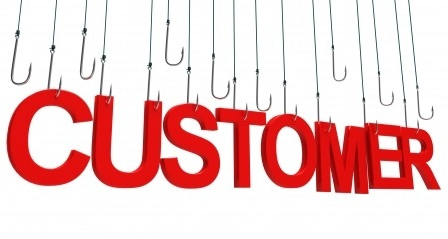
Witnessing the Birth Of A Superpower?
As companies combine their increased connectivity to consumers with the ability to collect, mine, and process customer data faster, we face a future where everything becomes potentially more habit-forming.
Habit-forming design is indeed a superpower. Habits can enhance people’s lives with entertaining and even healthful routines if used for good. If used to exploit, habits can turn into wasteful addictions.
But, like it or not, habit-forming technology is already here. Having greater access to the Internet through our various devices also gives companies greater access to us. As companies combine this greater access with the ability to collect and process our data faster than ever, we face a future where everything becomes more addictive.
This trinity of access, data, and speed creates new opportunities for habit-forming technologies to hook users. Companies need to know how to harness the power of hooks to improve people’s lives. In contrast, consumers need to understand the mechanics of behavior engineering to protect themselves from unwanted manipulation.
Big companies like Google, Facebook, Twitter, retailers, and thousands of application developers are now positioned to keep users engaged in their websites and program behaviors. This is what digital marketing has become. It’s all about interactive operant conditioning designed to program behaviors to sell you something and keep you hooked for lifetime customer value monetization.
Conclusion
What do you think? Hooks are all around us. Where do you see them manufacturing desire in your life?
The bottom line:
- The degree to which a company can utilize habit-forming technologies will increasingly decide which products and services succeed or fail.
- Habit-forming technology creates associations with “internal triggers,” which cue users without the need for marketing, messaging, or other external stimuli.
- Creating associations with internal triggers comes from building the four components of a hook – a trigger, action, variable reward, and investment.
- Consumers must understand how habit-forming technology works to prevent unwanted manipulation while still enjoying the benefits of these innovations.
- Companies must understand the mechanics of habit formation to increase engagement with their products and services and ultimately help users create beneficial routines.
Now that you understand the Hook Model and have reflected on the morality of influencing user behavior, it is time to get to work. Running your idea through the four phases of the model will help you discover weaknesses in your product’s habit-forming potential.
Does your users’ internal trigger frequently prompt them to action? Is your external trigger cueing them when they are most likely to act? Is your design simple enough to make taking the action easy? Does the reward satisfy your users’ needs while leaving them wanting more? Do your users invest some work in the product, storing a value to improve the experience with us and loading the next trigger?
By identifying where your technology is lacking, you can focus on improving your product where it matters most.
Bill Davidow wrote an interesting article called “Skinner Marketing: We’re the Rats, and Facebook Likes Are the Reward.” And he says:
“As smart devices become integrated into our lives, retailers who will know where we are standing in stores and fast food restaurants and bars will find ways to provide us with cues to trigger behaviors. The real question is how many hundreds of millions of us will become susceptible to what I believe will prove to be history’s most potent marketing techniques.”
The effectiveness of these behavioral modification techniques is in plain sight – families ignoring one another while checking email and Facebook at dinner, drivers texting in heavy traffic, and 14-year-old girls sending hundreds of text messages daily.
That’s the dark side we have to keep out! It is up to us to choose… we always have the option to choose wisely. Do it now!
(watch Nir Eyal explaining why he writes “Hooked: How to Build Habit-Forming Products“)
SEO and digital marketing specialist, I bring expertise in driving online visibility and optimizing organic search rankings. Leveraging my skills in keyword research, on-page optimization, content marketing, link building, and AI tools, I have consistently delivered measurable results across diverse industries.

